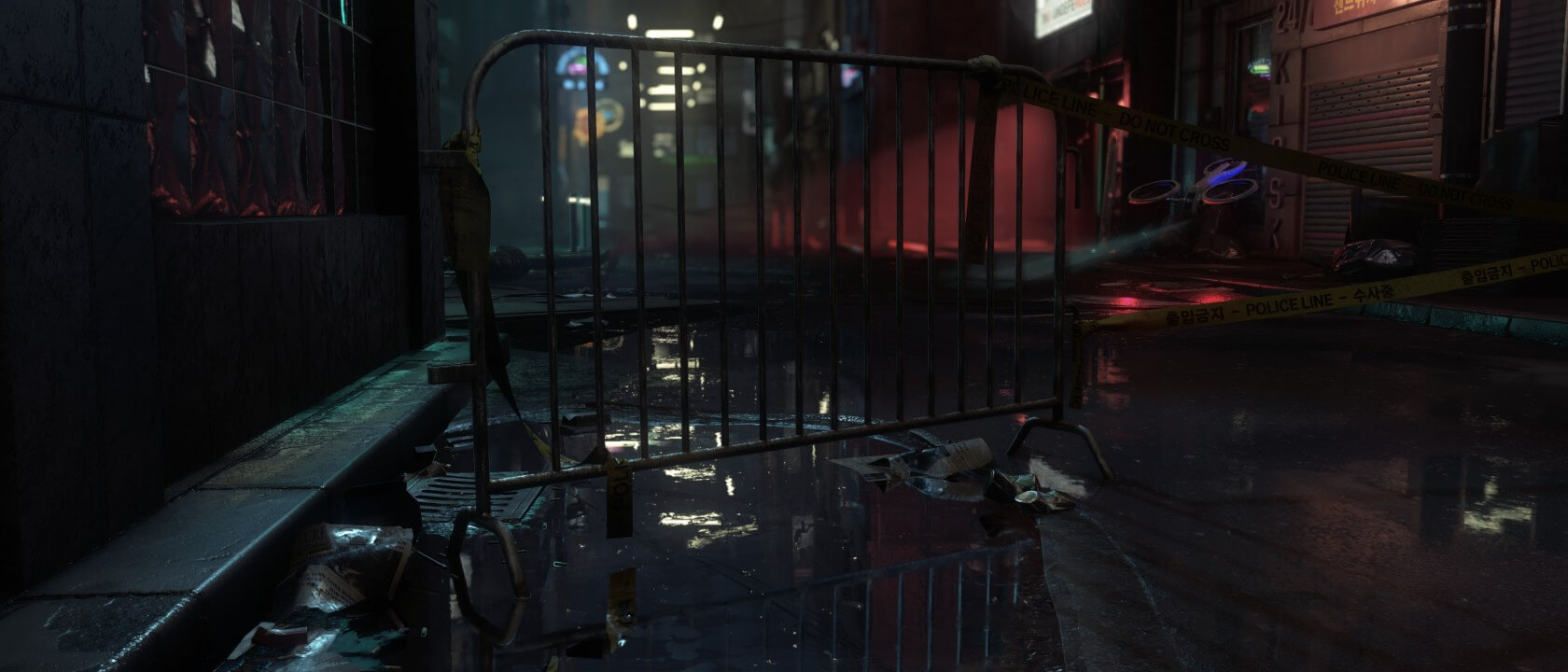In context: Nvidia has been touting its RTX technology as the best way to experience ray tracing in video games, the truth is a bit more complicated though. As proven by Crytek, real-time ray tracing is possible on any high-end hardware, not just Nvidia's latest GPUs. The company demonstrated this through a proof-of-concept "Neon Noir" tech demo which featured roughly 2 minutes of beautifully ray-traced, cyberpunk-themed footage. But...
Though we claimed at the time that the footage was rendered at 4K and 30FPS on AMD's Radeon Vega 56, it seems that isn't quite correct. Courtesy of a report from TechPowerUp, the specific performance details behind the Neon Noir demo have been revealed – and they're decidedly more conservative than it first appeared.
For starters, the Vega 56 was only rendering the demo at 1080p and 30 FPS, not 4K. Given the demo's 4K option on YouTube, it was perhaps understandable for some confusion to arise.
Crytek has confirmed the demo was rendered at 1080p with ray tracing effects at "full resolution." They say, it is also possible to render the environment at a certain resolution (for example, 4K) but render the ray traced effects at half-resolution. In that scenario, the Vega 56 can handle 1440p at upwards of 40 FPS.
Though not the most astounding numbers in the world, they're certainly far more impressive than what we saw while benchmarking RTX tech on GTX hardware.
It should be emphasized that Crytek's demo is just that: a demo. The rendering took place in a controlled environment, and it wasn't a playable experience, meaning there were far fewer variables for Crytek to account for. This is likely why ray tracing performance tanked when we tested non-RTX cards in live, dynamic games like Metro Exodus.
As a proof-of-concept it's still quite impressive what Crytek managed to achieve. Feel free to re-watch the demo above and come to your own conclusions.
Crytek says that once RTX support is implemented on the Neon Noir demo, the visuals can be boosted even further, all the way up to full-screen (perhaps black bar-free?) 4K rendering. We don't know what sort of performance RTX cards would allow for, but it should be notably better than what the Vega 56 was capable of considering raw throughput alone.
